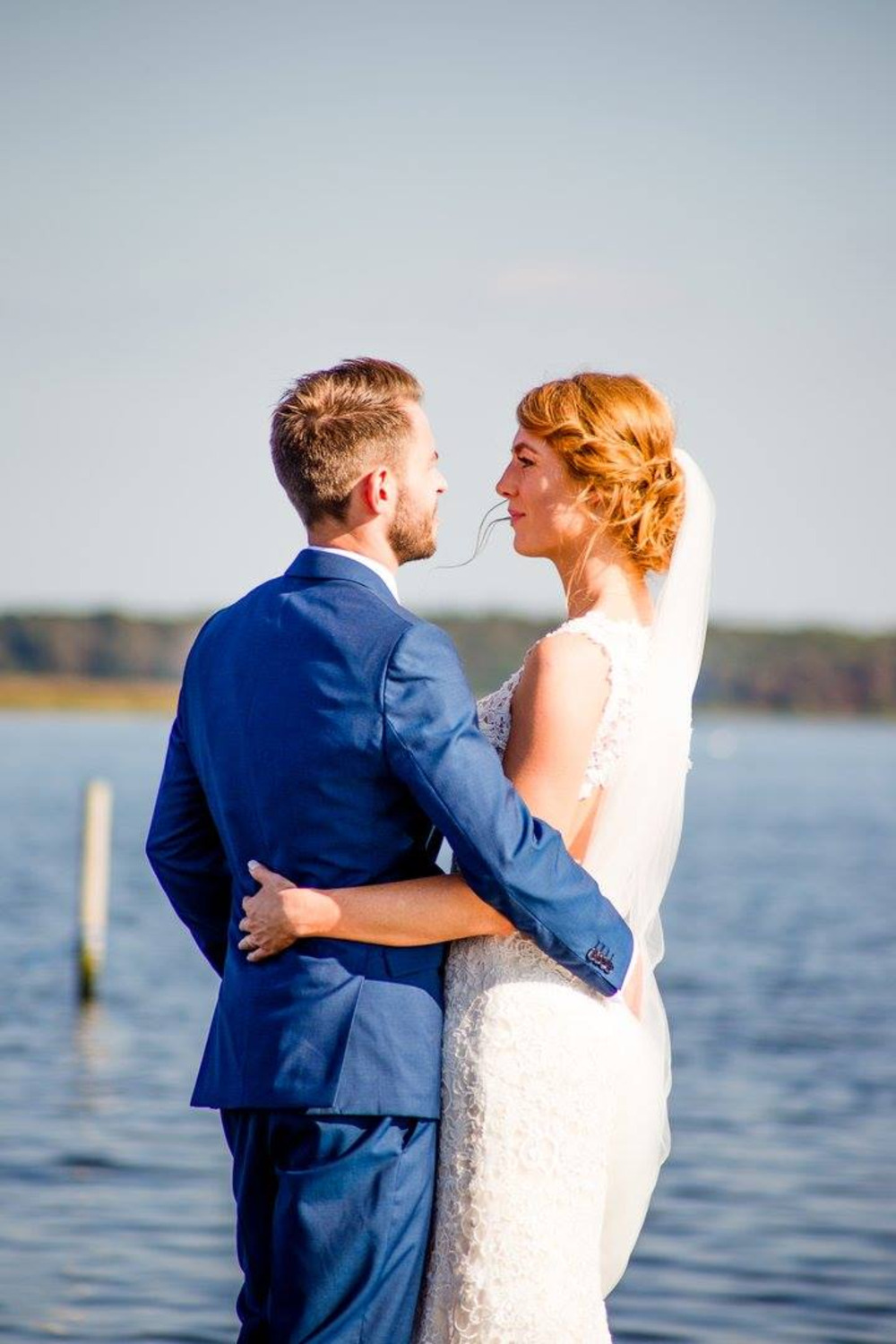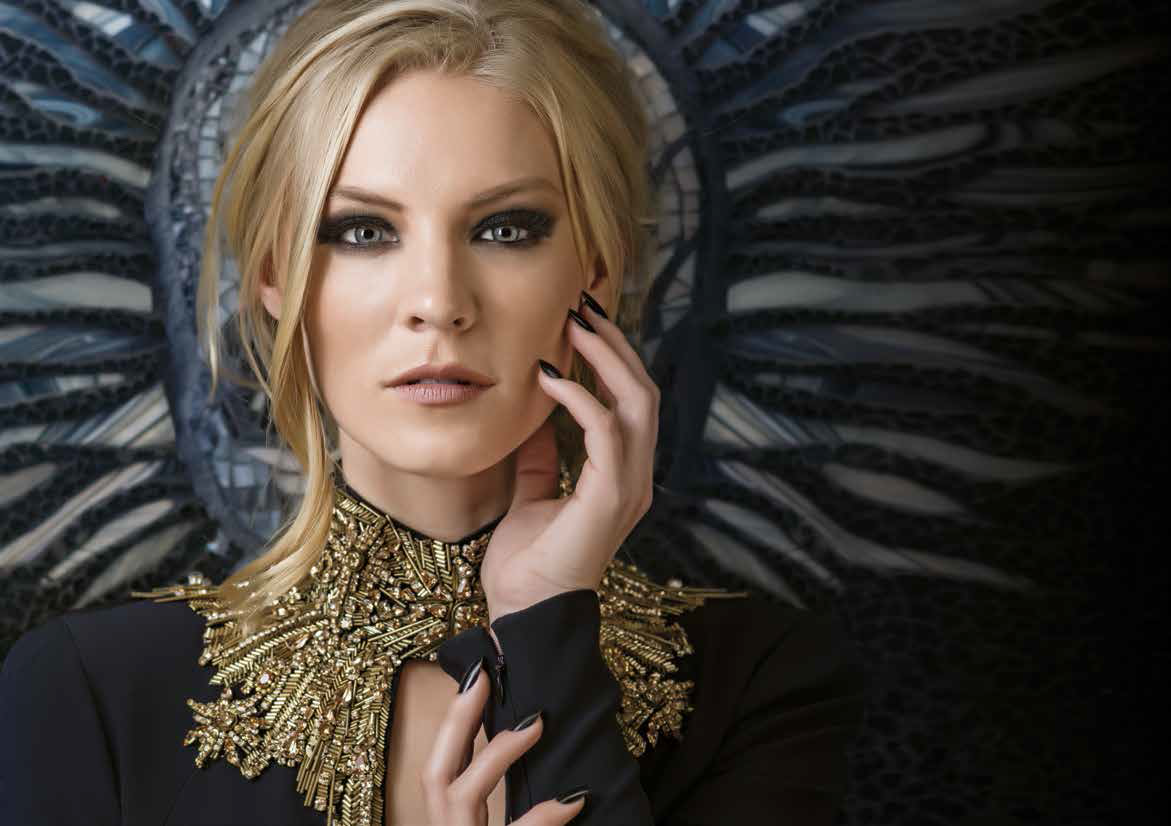Read: Picture Perfect Posing: Practicing the Art of Posing for Photographers and Models
One of the differences between portrait photography and for instance landscape photography is that you not only need to know your technical stuff to get a good photo, but actually need to have some social skills at well. When starting in portrait photography, many photographers can be surprised to find out how big a role the interacting with your model plays, how exhausting it can be, and how difficult the multitasking can be.
Therefore, questions about good posing happen to appear frequently in Facebook groups and subreddits about photography. If the person asking seems to be quite new to portrait photography, I always recommend the book Picture Perfect Posing: Practicing the Art of Posing for Photographers and Models 🛈 by Roberto Valenzuela.
Disclaimer
There are many ways to get into portrait photography, to learn about posing and I bet tons of books to read out there. There are a lot of approaches to posing and part of them depend on your personality and the style of photography you are aiming for.
This book doesn’t focus on how to interact with people, creating your own visual style or how to photograph people in sensitive and intimate situations.
Instead, it takes a rather practical and pragmatic approach by analyzing and explaining how the human anatomy, perception and engineering of the camera influence each other when you take a portrait. I consider this book very informative and educating in terms of posing. However, it will not tell you how to take perfect photos or how to make models react in different ways.
The Approach
Roberto believes that it is not talent but deliberate practice that is at the core of skill and achievement.
When you start working with photography (maybe art in general), you might look for manuals and tutorials that are very detailed. I sometimes do. But mostly answers you get to your questions are rather vague like “When the light is good/bad …”, “When the atmosphere in the studio is good/bad …”, “When you shoot portrait, you should go with a 35mm/50mm/85mm/135mm/… lens”.
So when I opened this book, I was surprised to find that it actually was a very hands on manual and not just some vague recommendations.
The approach is made clear in the very beginning: the book is very pragmatic and its purpose is to give the photographer some very concrete tools that need to be used and practiced. In the beginning, this might feel impersonal and clinical, but when you have practiced with these tools for a while, you will at some point use them automatically - and that’s the point where the posing will become just another setting that you’ll adjust as easily as the settings of your camera.
Even though this book gives you a hands on manual, you still need to do what you need to do in all other arts and crafts if you want to improve: practice, practice, practice.
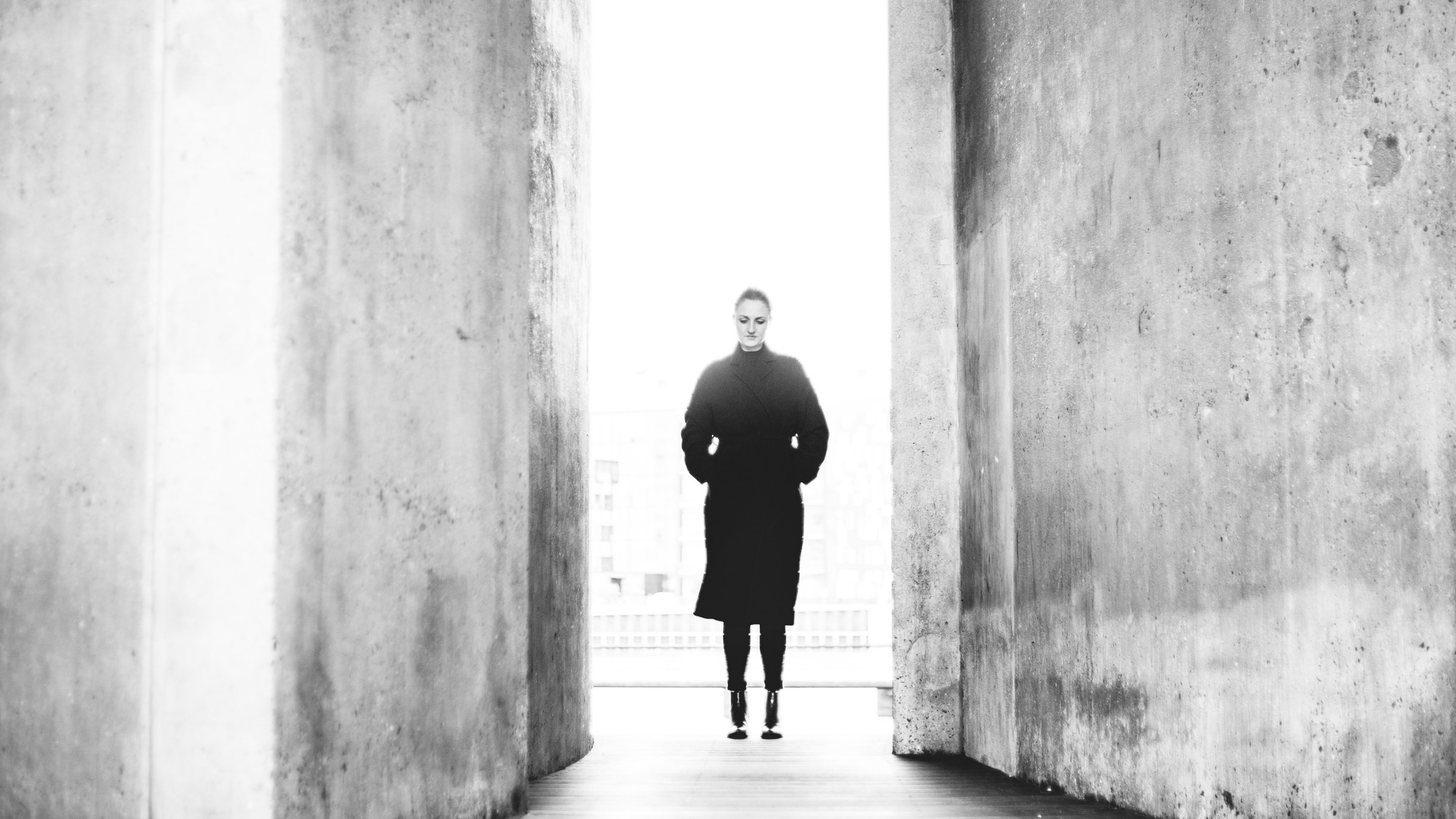
The Posing System
The book is divided in the following chapters, each representing one aspect of posing that the photographer needs to be aware of and know how to use. Valenzuela even proposes to use the overview as a kind of checklist that you quickly go through when you ask the model to do a new pose.
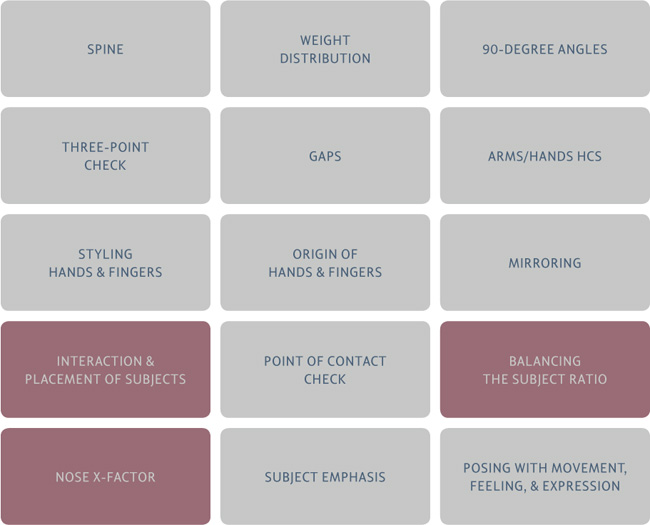
Even though I knew some of the methods vaguely (for example not to distribute the weight evenly on both legs), the book still provided me with a lot more details, explanations and illustrations and thus kept to be entertaining and educating. Instead of just asking the model to keep a straight back, I now have the words and knowledge to form her spine more purposefully and give her/him an better understanding of what I mean and want.
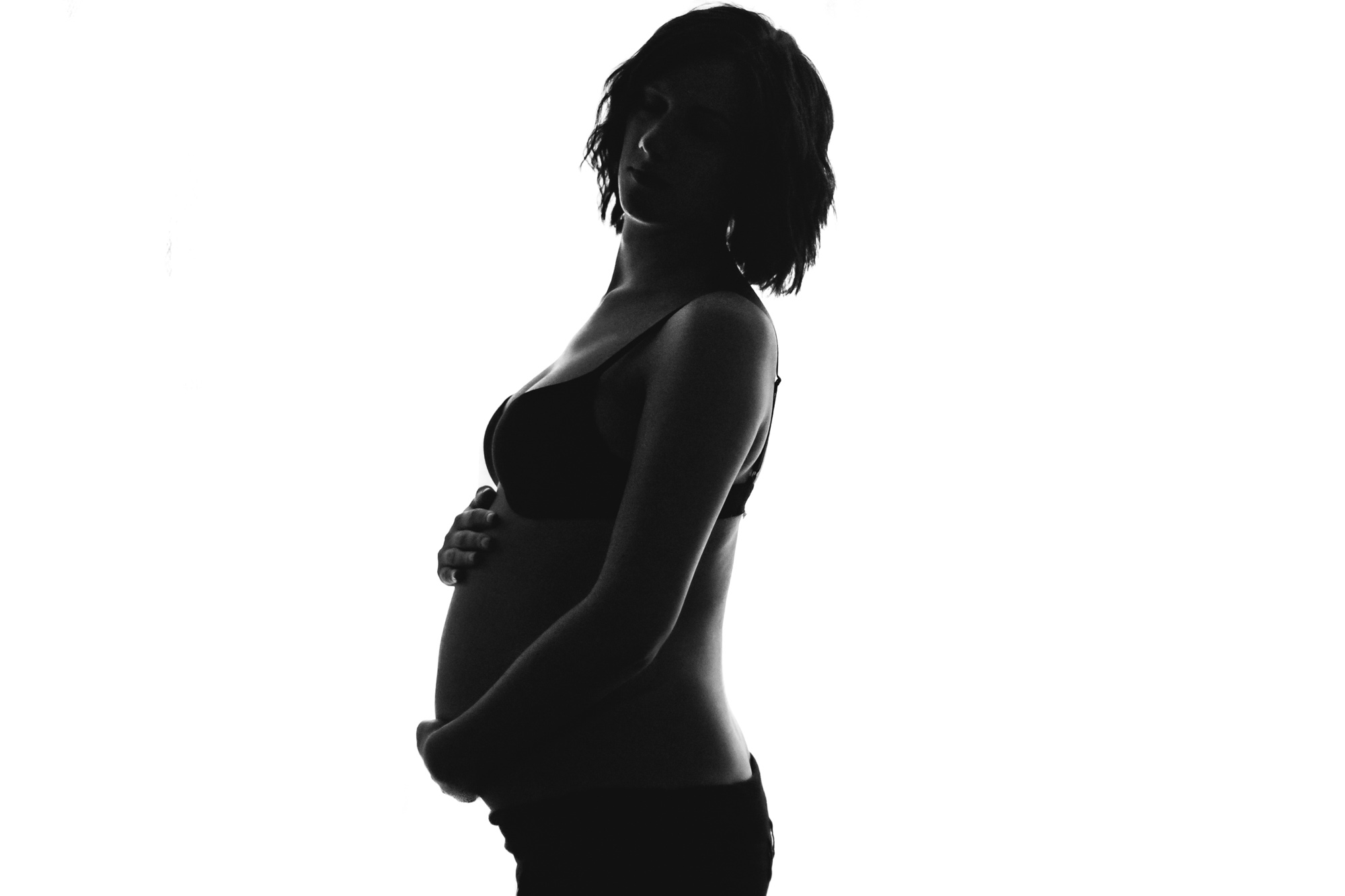
In part 2, the book also gives some insight into posing couples:
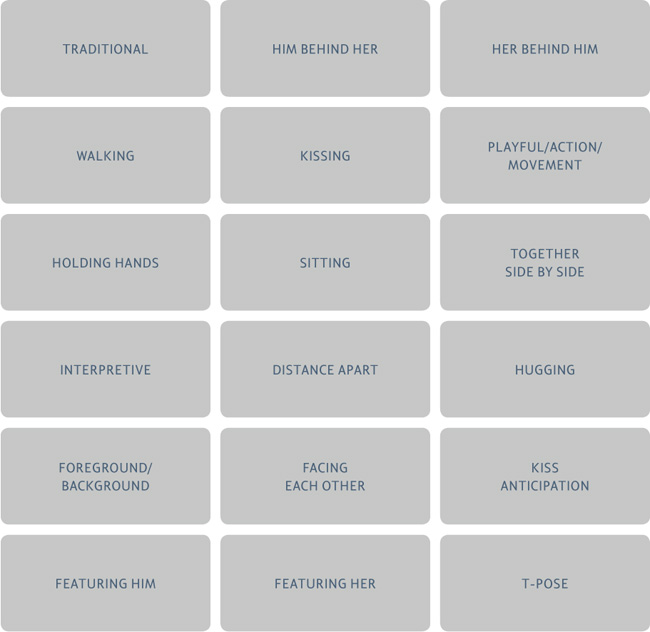
The Writing Style
Even though the purpose of the book is to educate (not so much inspire as one might expect from a book about photography), it isn’t boring to read.
The language is rather simple and entertaining, providing a good reading flow with a lot of illustrations and explaining examples.
If you are not much of a reader, you can take one chapter at a time and practice the new knowledge before heading on to the next chapter.
